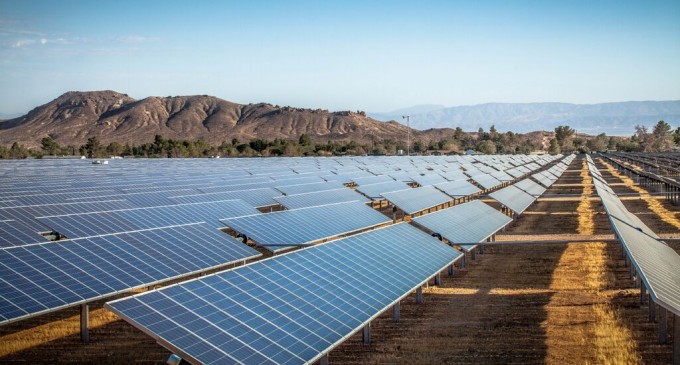Rob Lydan, Global Director Solar & Wind, Hatch has been heading the global Engineering and EPCM’s renewables for mines business development for over 3 years now and has an informed view on the challenges and necessary steps that will unlock further project potential. Along with Glencore’s wind-storage hybrid for Raglan Mine, Hatch has headed the advisory and engineering services for a number of renewables hybrids for the mining sector and Lydan sees plenty of potential for more projects. However, as Lydan reports, the gap between renewables and mining needs to close in order for this market to reach it’s true potential.
Q: How has Hatch positioned its renewables division to provide energy solutions to the mining sector?
A: Well our positioning hasn’t really changed but, going forward, we may focus more strongly on enabling the construction of renewable energy projects for mines. Historically, we have been advising on projects but we may look to build some projects ourselves and by working with partners. That is a change. The issue we see is that there are project opportunities out there but they are not being built. Smaller companies lack money to be able to see these projects through and bigger companies might not see these projects fitting within their profile – the projects might seem too small.
Q: What sort of feedback are you hearing from mining clients about renewables integration and their interest in moving ahead with new energy solutions?
A: The feedback we are hearing is that the renewable power community needs to come to better understand the mining industry. The mining business does things in specific ways, under certain time frames and within certain constraints in mind. The renewable power business needs to understand those better and bring more value-oriented propositions to the mining sector. It is really about understanding the risks of the mining industry better.
Q: What is your prediction going forward in terms of how this market will evolve and the uptake of renewables by mining operators?
A: The issue is that the projects are either too big for small companies or too small for big companies. There has to be enough project volume to justify the renewable power community coming to understand the mining business. We are looking at a project that is 9 MW and that isn’t large enough to interest many developers so we may have to construct it ourselves.
At the moment, the mines don’t have any capital so they are relying on the renewable power business to come to them with solutions. Somebody will need to step up and make it happen. The other issue we have is that the power purchase agreements [for these projects] aren’t strong enough to attract the level of risk-adverse money that is needed so that is a challenge.
Q: What will unlock the PPAs for mines?
We have spoken to many mines that are very interested in going ahead with renewables projects in Africa, for instance. The problem is that mining industry remains distressed by commodity pricing so they are looking for the renewable power business to provide leadership.
In the US right now we are seeing lots of commercial PPAs, particularly in the Southwest, and these are great templates for the mining business. What mines need is leadership, security, a high standard of care, consistency and determination. It is not all about delivering the lowest cost.
The mining business is very interested in renewables – this will have legs with the mining community.
Q: When you look at Canadian mining operators with remote mines, where do you see the biggest opportunity for renewables integration?
A: There has been a strong interest in the far North and Arctic. Canada’s mining industry is built around low cost projects, many of which have grid power connected to them. Where we see the real opportunities is in Africa, South America and the Caribbean where the utilities are supply constrained and don’t have the capital to invest in renewable power so the mines may opt for self-generation.

